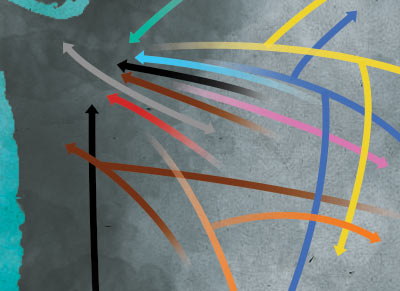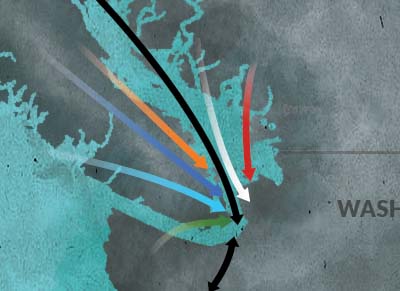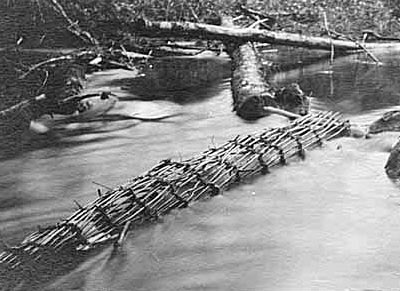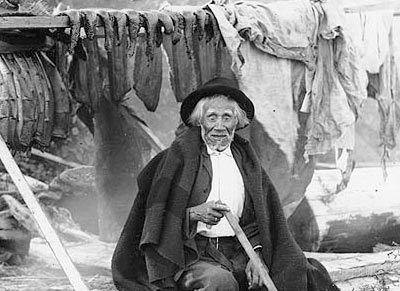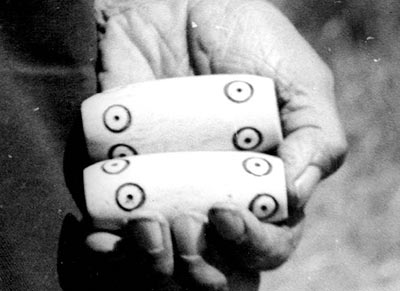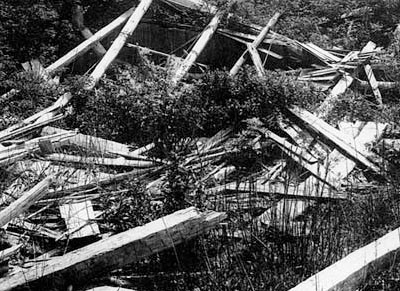AUDIO
MP3 Download: Listen to Warren KingGeorge, Oral Historian for the Muckleshoot Indian Tribe, talk about the resources and continuing importance of Lake Washington to Native peoples.
Part One | Part Two
RESOURCES
Links to external websites do not constitute endorsement by WSDOT of the linked websites or the opinions, information, products or services contained therein.
Native Americans in the Lake Washington and greater Seattle area are a diverse group of people, maintaining separate and distinct tribal identities but with strong connections with other groups in the region. These connections and relationships have continued to evolve through time and are the result of cultural practices and historical circumstances. Broadly aligned as Coast Salish peoples, they share a related language, with regional dialect variants in the north and south portions of Puget Sound. Depending on the specific variant, the language has different but similar names, often Anglicized and grouped as Lushootseed, though not all tribes accept this nomenclature. Distinct tribal identities have been formed through family lines, geography, time and traditions. Many tribal names reflect the specific places where groups of people lived in times past - rivers, lakes and valleys.
Native peoples were, and are, dependent on a broad bounty of resources, plant, animal, and mineral, each with specific landscape associations. Tribal culture revolved around seasonal movement across the land and waters, synchronized with the ripening of plant resources or the arrival of fish, particularly salmon which was central to the culture and lifeways of Pacific Northwest natives. With the coming of American settlement, and treaties establishing reservations, this movement and freedom was restricted, forever altering an important tie to the land.
The peoples who first met the American settlers in the area traversed today by SR 520 were referred to as Duwamish, or Lakes people. During settlement times, many Duwamish people from the Lake Union, Portage Bay, and Lake Washington areas went to the Muckleshoot Indian Tribe (the oldest reservation in the region) or to the Suquamish Tribe, the Tulalip Tribes, or other reservations where they had kin. Many joined with the Snoqualmie on Lake Sammamish and elsewhere in the Snoqualmie River drainage. None of them could stay along the lakes because of the ever-expanding Seattle, prejudice and maltreatment, lack of native foods, and the increasing tax burden on their lands.
Today the descendants of the original inhabitants of the SR 520 corridor are members of four federally-recognized Indian tribes, the Muckleshoot Indian Tribe, the Snoqualmie Tribe, the Suquamish Tribe and the Tulalip Tribes. Each of these modern groups has a strong role in consultation on cultural and environmental issues. As projects in their areas of interest are put forward by the federal government, these sovereign nations advise and consult with various agencies on issues of interest and concern to the tribes.
